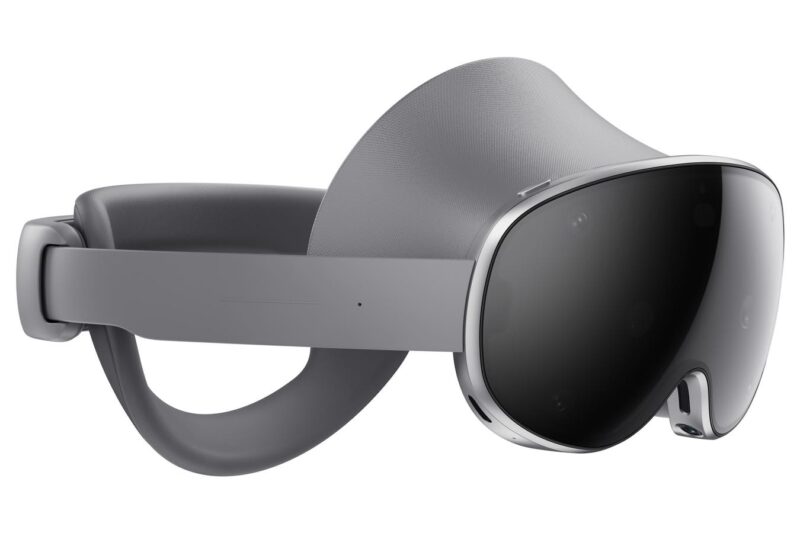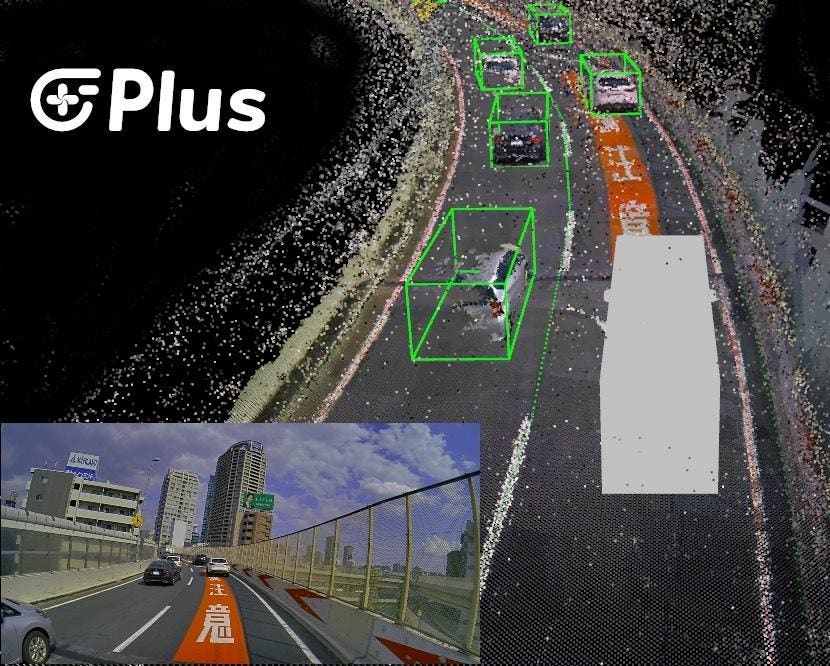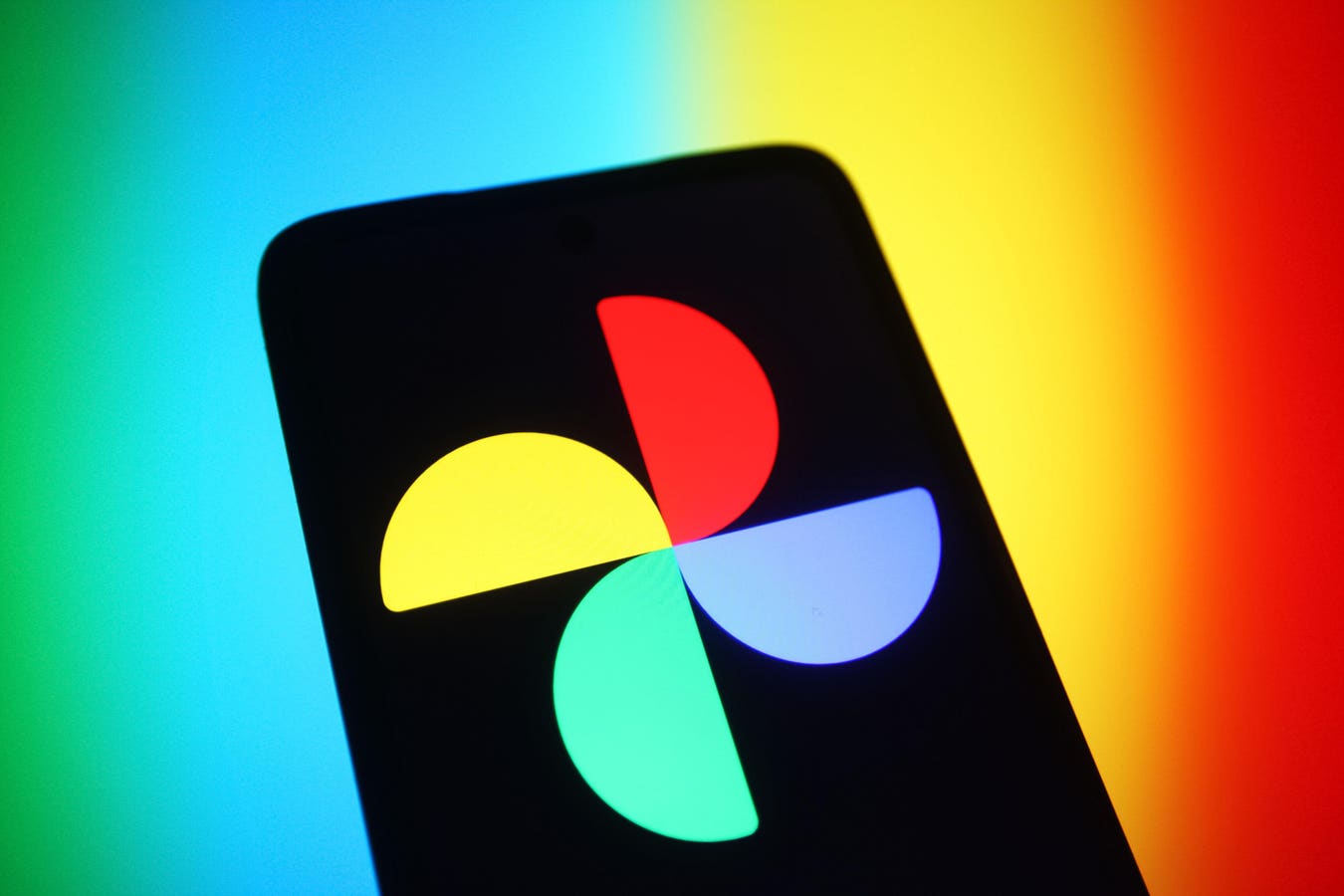After months of hints, clues and teases, we finally know what the new Samsung headset will be. It’s called the Galaxy XR, not the Project Moohan codename we’ve heard until now. In an in-depth discussion, I talked to Kihwan Kim, Executive Vice President, Head of Immersive Solution R&D Team, and Sean Choi, Director, of the same team.
First, I wanted to know why now is the right time for the headset to launch. “We’re at an inflection point where breakthroughs in multimodal AI models are unlocking a new way to interact. By bringing together hardware innovation, a robust and scalable platform through collaboration with industry-leading partners, we will keep extending our future roadmap for XR,” Kim said, which makes it sound like this is just the beginning.
Samsung’s approach to AI has been consistently practical, with innovations such as live translation in phone calls. What will Galaxy XR bring, I asked Kim. “Across the Galaxy ecosystem, AI acts as the unifying layer that seamlessly connects our expanding portfolio of devices – from phones and wearables, XR, and beyond. Each device plays a unique role in people’s lives. That’s why we’ve moved away from one-size-fits-all AI. Instead, we ask ‘How can AI be optimized for my use?’ That question guides how we develop intelligence models for each product, interface, and interaction style, because meaningful experiences are born from purpose-built design,” he explained, saying that Galaxy XR isn’t just a headset, it’s an AI-native device with AI embedded from the start.
“Galaxy XR stands apart in three key areas,” Sean Choi added. “These are AI-native design: purpose-built for multimodal interaction, an open ecosystem and immersive comfort.” Open systems have long been Samsung’s theme. This one runs on Android XR that “we built with Google and Qualcomm, giving users access to a wide range of apps and services,” Choi said.
Choi described it as an “exciting partnership,” one which will continue as the companies “co-design the XR ecosystem that will enable new, immersive experiences.”
If this is just the start, then, where will it lead and how will Samsung harness it, I asked.
“Our vision for AI is to transform how people engage with technology. We’ve been deliberate in crafting mobile AI experiences around key user touchpoints personalization, and agentic experiences that reflect more human-centered approach to AI,” Kim said. “Across the Galaxy ecosystem, AI acts as the unifying layer that seamlessly connects our expanding portfolio of devices – from smartphones, wearable, and XR of course. All are powered by a shared intelligence that delivers a consistent, personalized experience.”
Samsung’s headset isn’t the only one available, of course, and some, notably Apple Vision Pro, have been criticized for being heavy. How does Galaxy XR address this?
“We have focused on creating lightweight and balanced devices. Galaxy XR is designed to deliver universal comfort, ergonomic fit, and accurate visual alignment,” he explained. “Weight is distributed across the forehead and back of the skull to reduce facial pressure, and an external battery design keeps the headset compact and balanced. We extensively studied diverse head shapes spanning across different genders, ages, and ethnicities, and employed computational design to improve comfort to fit a wider consumer range. This included validating the fit using 3D head fit simulations and anthropometric measurements to ensure comfort across diverse users.”
Choi added that Galaxy XR offers, “perfect weight balance and is ergonomically designed for extended usage.”
Now Galaxy XR is here, what’s next? “Android XR was built from the start to support multiple form factors, and glasses will play a central role in that expansion,” Kim revealed. “While the Galaxy XR sets the benchmark for an AI UI, glasses emphasize portability for daily, on-the-go usability. Together, they form part of a broader ecosystem where devices complement each other and scale across both consumer and enterprise needs. Our goal is to evolve XR across distinct form factors, each designed to deliver optimized and immersive experiences.” That seems to confirm previous hints that Samsung is working on smart glasses.
But it’s the collaborative element with Google and Qualcomm that Choi was keen to stress. “This partnership has built Android XR from the ground up under a shared vision for the future of AI. It’s about co-creating an intelligent, immersive platform where hardware and software evolve together. Galaxy XR brings Samsung’s signature design and user experience, layered with Gemini, to deliver a seamless, intuitive interface that feels native to the Galaxy ecosystem,” he said.
As to the hardware, Choi pointed out that Galaxy XR features 13 cameras and sensors that “process multiple vision solutions simultaneously, generating a massive amount of data that typically complicates processing. Instead of adding more chipsets, we took a new, creative approach — optimizing data flow through intelligent slicing and scheduling. This allows the Snapdragon XR2 Plus Gen 2 to deliver top-tier performance on its own, while minimizing the extra weight that comes from adding too many components,” he said.
The collaboration seems important, and above all it feels like Samsung is committed to AI and XR for the long term.









